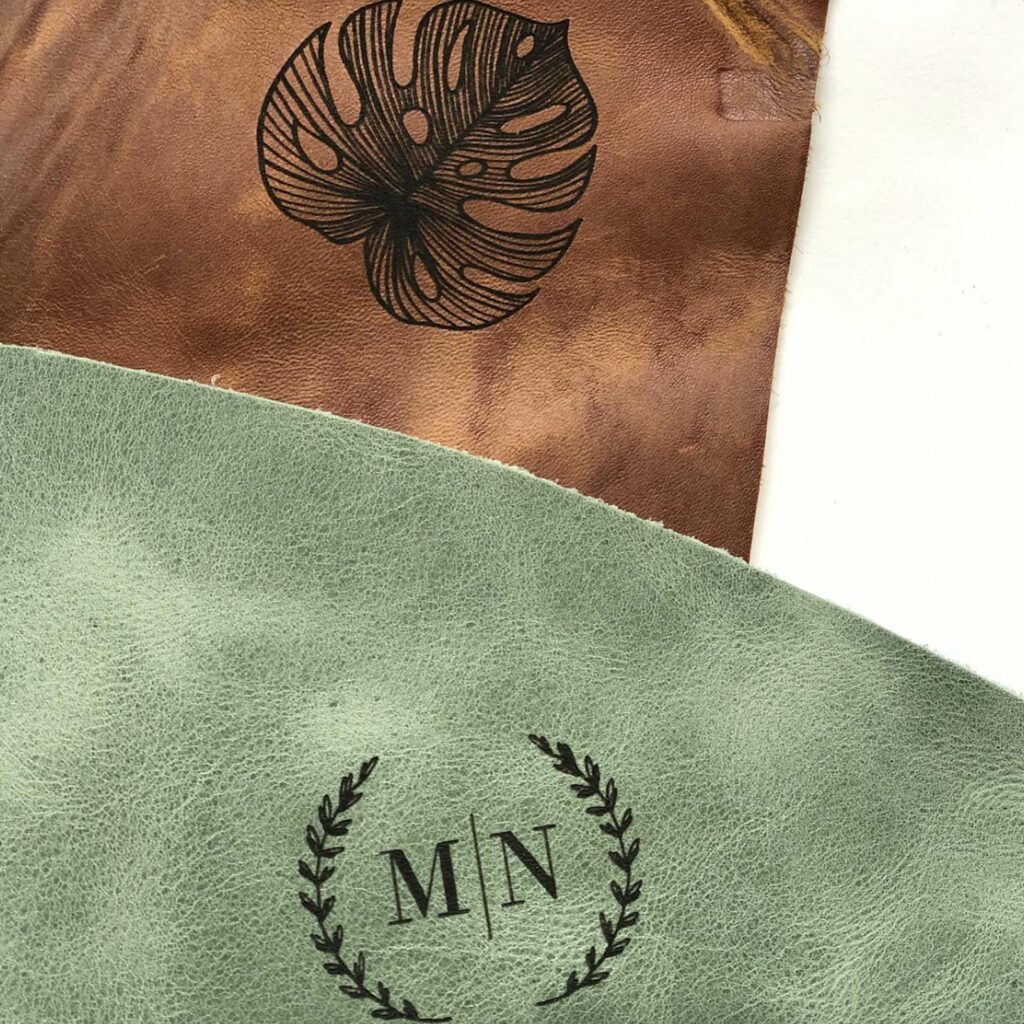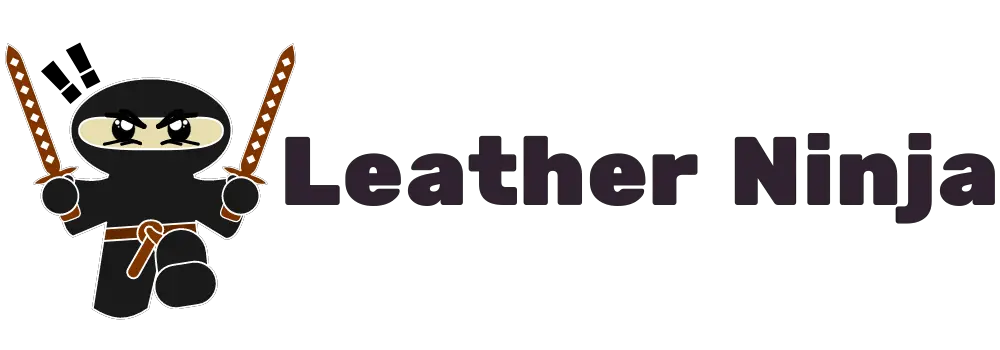Bovine leather, also known as cowhide leather, is a material I’ve become familiar with through my work. It’s impressively durable and cost-effective, making it a prevalent choice for a variety of leather products. The popularity of bovine leather isn’t surprising given its wide availability.
I’ve learned that there’s a range of leather types under the bovine category. Full-grain, top-grain, split leather, and more, each have unique characteristics and uses. Full-grain leather retains the hide’s original texture, including scars and marks, giving it an authentic feel.
Top-grain, on the other hand, undergoes a sanding process for a more uniform appearance. Choosing the right type of bovine leather involves considering factors like durability, finish, and the specific application it’s intended for, whether it’s for a sturdy belt or a luxurious sofa.
Key Characteristics of Bovine Leather
- Durability and Strength: I’m impressed by how bovine leather endures over time. It maintains its integrity even with heavy use, proving ideal for durable goods like belts and boots.
- Cost-Effectiveness: Given the global prevalence of cattle, I find bovine leather to be reasonably priced, especially when compared to more rare leather types.
- Versatility: My experience reveals its adaptability. This leather can be treated to create various finishes, serving a multitude of crafting needs with ease.
Types of Bovine Leather
In my experience with various leathers, I’ve come to appreciate the distinct characteristics of bovine leather types. Below you’ll find an outline of the most common ones:
- Full-Grain Leather: The highest quality, showcasing natural imperfections. It’s durable, making it a favorite for many leather enthusiasts.
- Top-Grain Leather: Offers a more refined look with a sanded surface for uniformity, balancing beauty with resilience.
- Split Leather: Suitable for numerous applications, it comes from the lower layers of the hide and provides good value.
- Finished Leather: Specially treated to withstand tough conditions, ideal for items that need extra protection.
- Crust Leather: An intermediate state of tanning, retaining a natural appearance ready for further finishing.
- Nubuck: With its textured nap visible here, it’s valued for its aesthetic appeal despite being more susceptible to wear.
- Suede: Known for its softness and texture; however, this processing method results in lower durability.

Working with full-grain leather, I love to highlight its natural scars and marks, as they add undeniable character and tell a unique story through the final product.
Bovine Leather in the Real World
Bovine leather plays a significant role across various industries due to its durability and adaptability.
Furniture and Upholstery: I’ve seen soft yet strong bovine leather widely used in sofas and chairs, providing comfort and resistance to wear.
Fashion and Accessories: This type of leather is quintessential for crafting high-quality handbags, wallets, and belts, accentuating both style and functionality.
Footwear: It’s no surprise that sturdy bovine leather is a primary material for making diverse styles of shoes and boots, from casual to formal.
Automotive Upholstery: The resilience of bovine leather makes it a prime choice for car seats, enhancing the vehicle’s interior with a touch of luxury.
Popularity in Markets: Its prevalence in the leather market underscores its trusted quality in creating long-lasting products.
Pros and Cons of Bovine Leather
Pros:
I’ve noticed that bovine leather boasts several advantages:
- Durability: It’s incredibly resilient, perfect for items that endure frequent wear and tear.
- Availability: You can find it almost anywhere, which is excellent for various crafts.
- Affordability: This material strikes a nice balance between cost and quality.
Cons:
On the downside, there are a few limitations I’ve seen:
- Color Variety: Finer bovine leather has a limited color range when dyeing.
- Stretch Marks: Working with cowhide can be tricky as it may show marks when stretched.
Caring for Bovine Leather
When I care for my bovine leather items, I start by gently brushing them to remove any loose dirt. It’s best to use a soft-bristled brush tailored for leather.
After dusting, I apply a cleaner designed for this type of leather to address any stains without causing damage.
For conditioned, supple leather that resists cracks, I regularly use a compatible conditioner. I apply it in circular motions and give it time to penetrate.
To protect against moisture, I treat the leather with a waterproofing agent. Make sure it’s suitable for the type of bovine leather I’m working with.
Storing leather correctly also maintains its quality. I keep mine in a cool, dry place and make sure it isn’t folded or under pressure.
Lastly, scratches can be inevitable, but I tend to them promptly using recommended oils or waxes. These products often help to minimize the appearance of scratches and keep the leather looking its best.

